NorthernSoul
New member
Hey guys and girls!
Been lurking way too long now, time to share some pics.
I have grown cannabis from time to time in about 4-5 years, this will be my third year outdoors.
The raised bed is a 50/50 mix of organic soil and cow manure, plus some ash and bone meal. Made two rows and spread out the germinated seeds.
The seeds I'm using is from last years crop, regular scandinavian genetics.
Mors30xRoyalDane x Pc-Jet (Early)
Pc-Jet F2 (Auto)
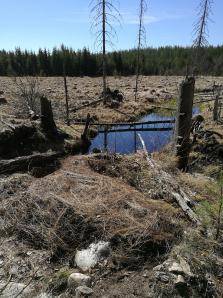
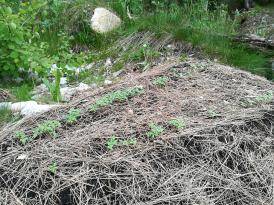
The bigger plant on the edge seems to be a seed from last year that survived the winter.
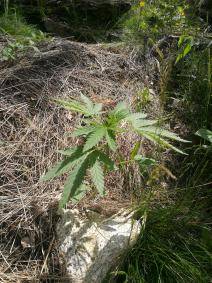
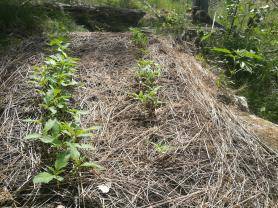
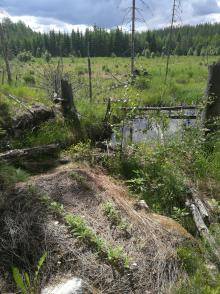
Will post pics thru out the season, hope u'll like it.
Sincerely, NS!
Been lurking way too long now, time to share some pics.
I have grown cannabis from time to time in about 4-5 years, this will be my third year outdoors.
The raised bed is a 50/50 mix of organic soil and cow manure, plus some ash and bone meal. Made two rows and spread out the germinated seeds.
The seeds I'm using is from last years crop, regular scandinavian genetics.
Mors30xRoyalDane x Pc-Jet (Early)
Pc-Jet F2 (Auto)
The bigger plant on the edge seems to be a seed from last year that survived the winter.
Will post pics thru out the season, hope u'll like it.
Sincerely, NS!











